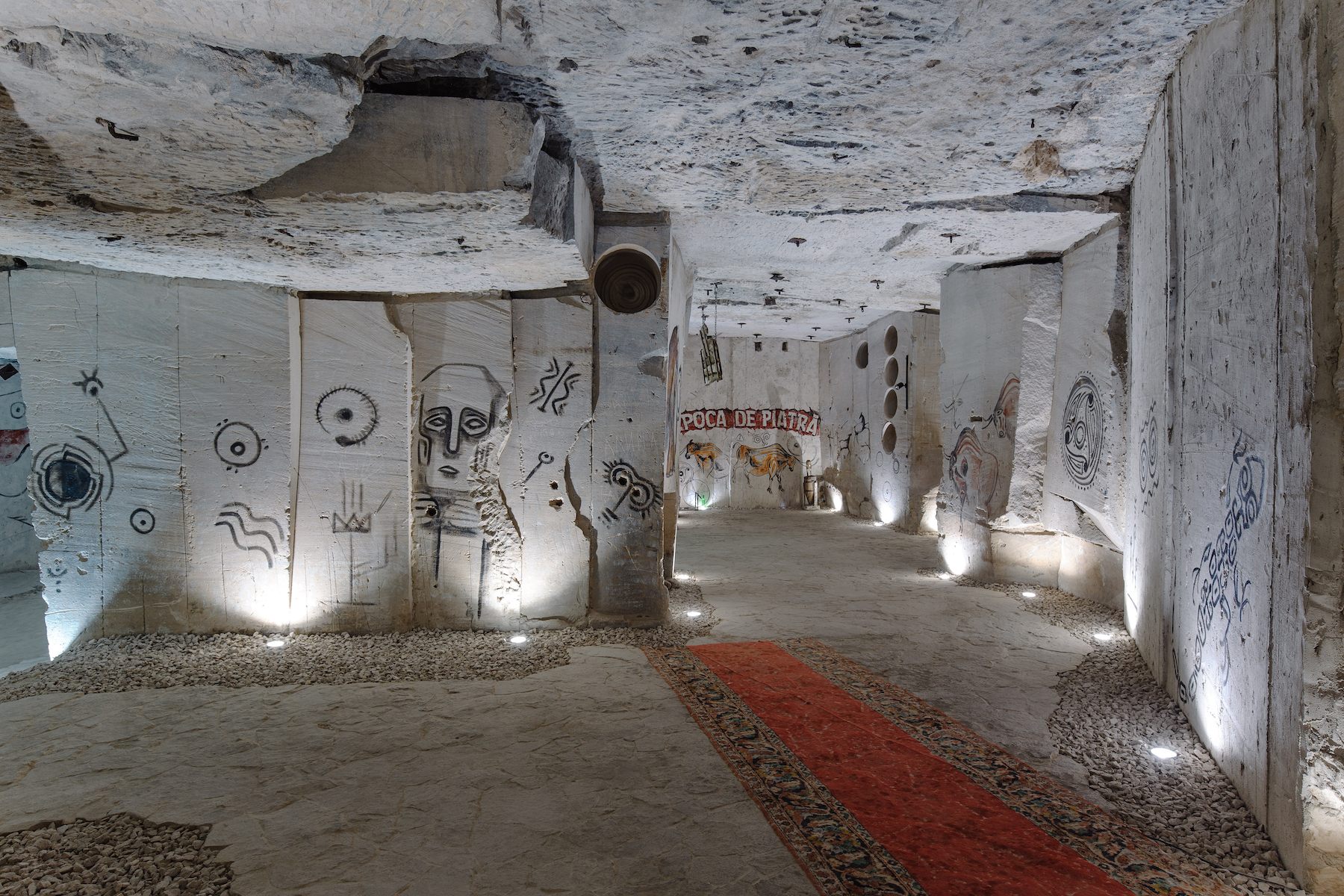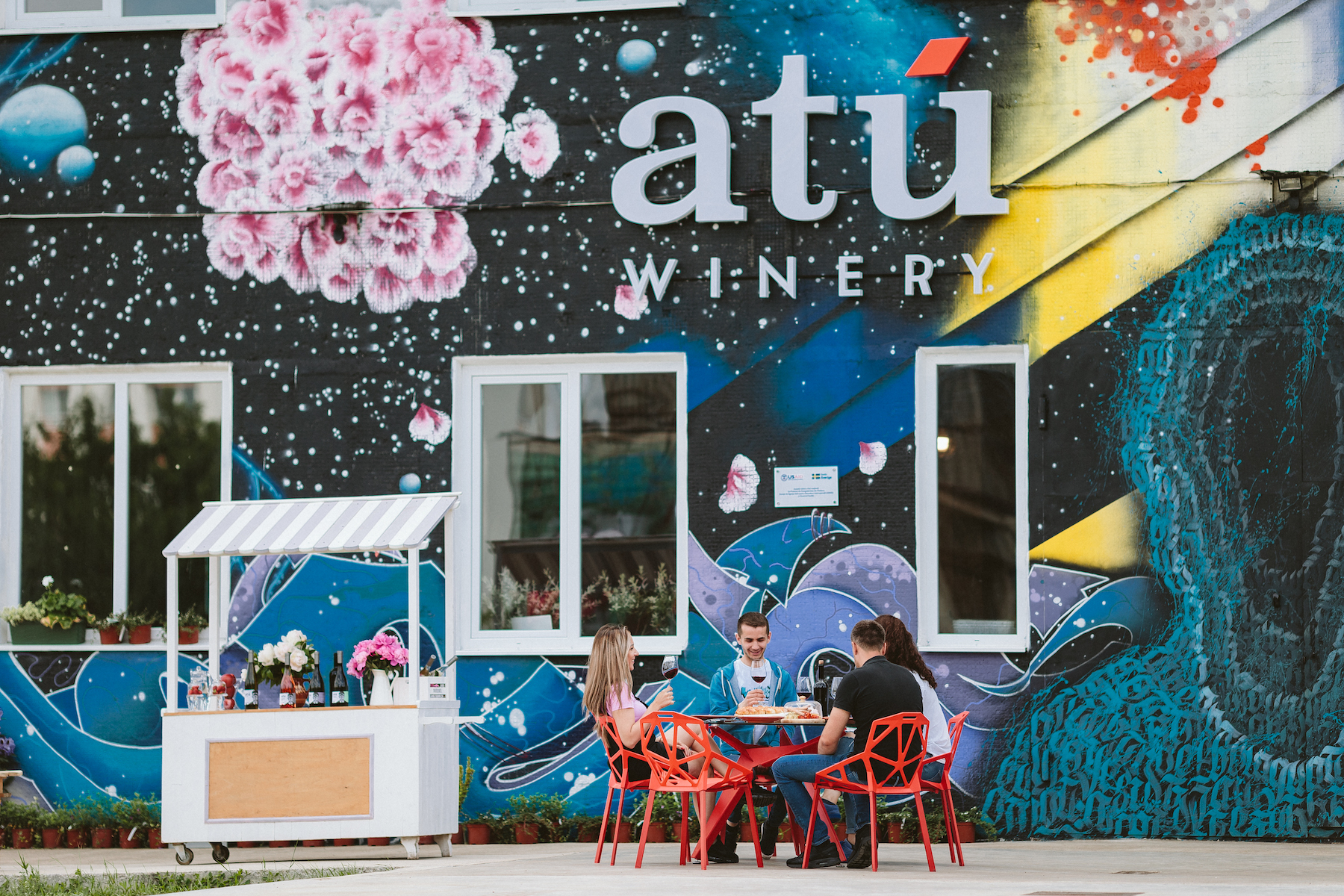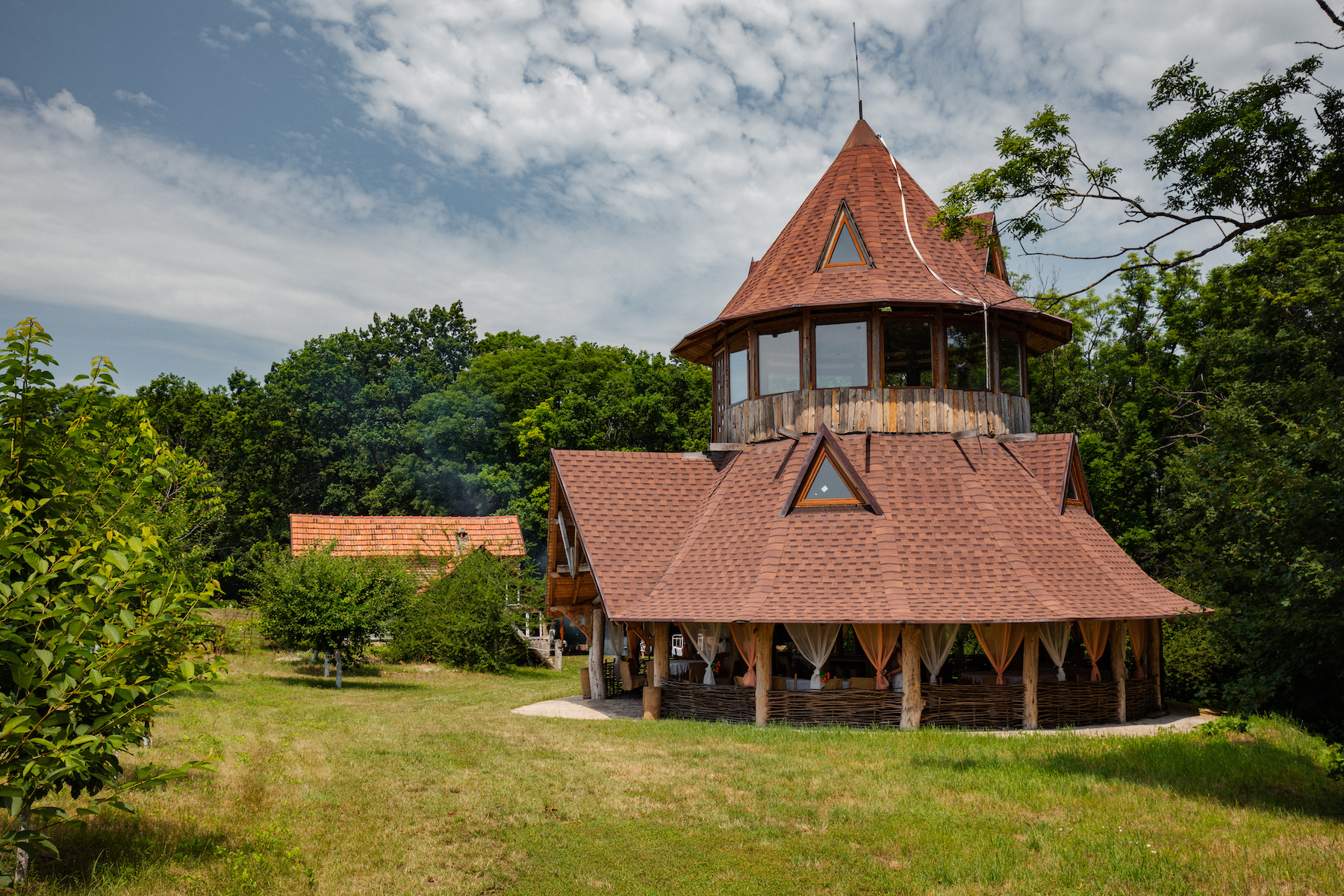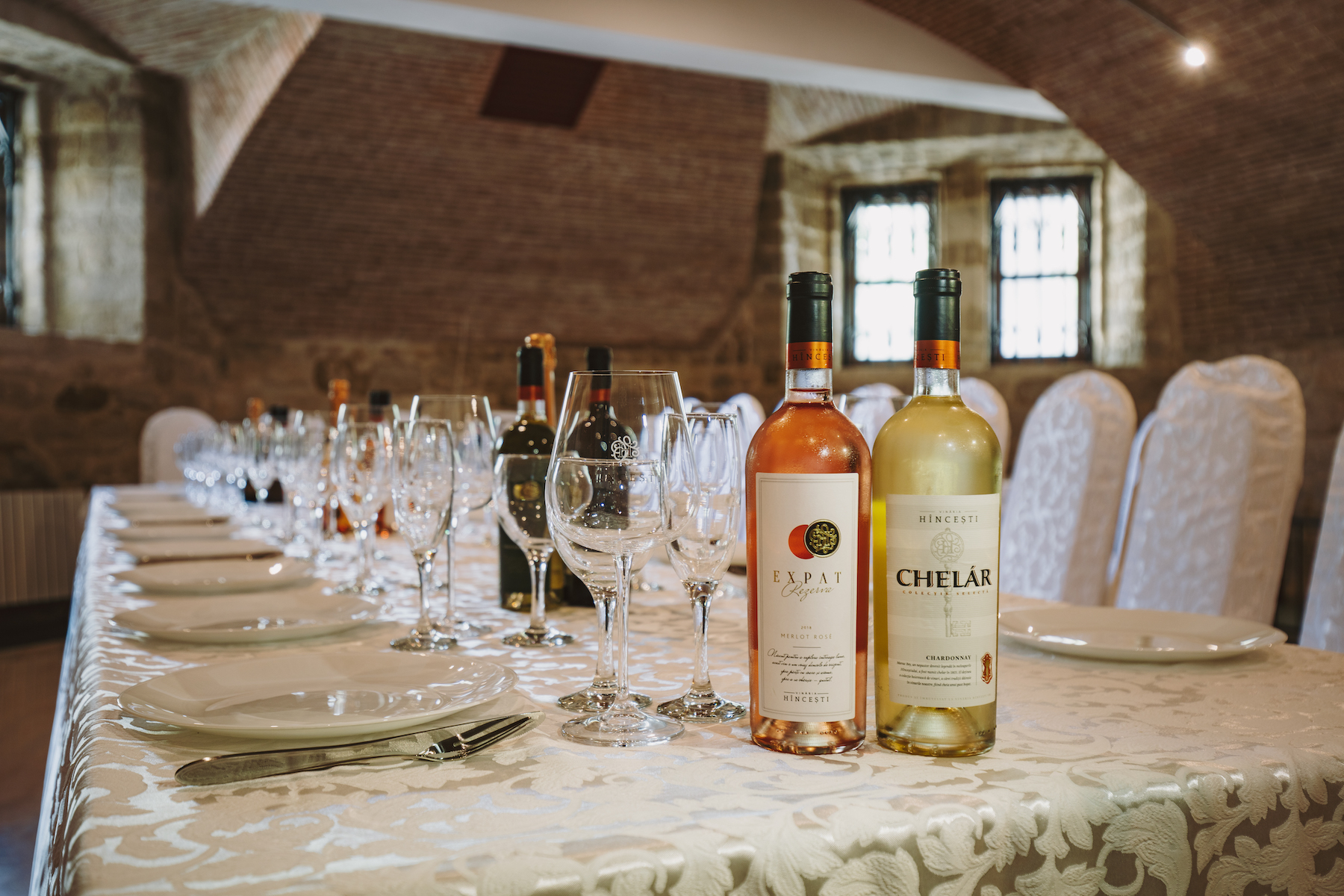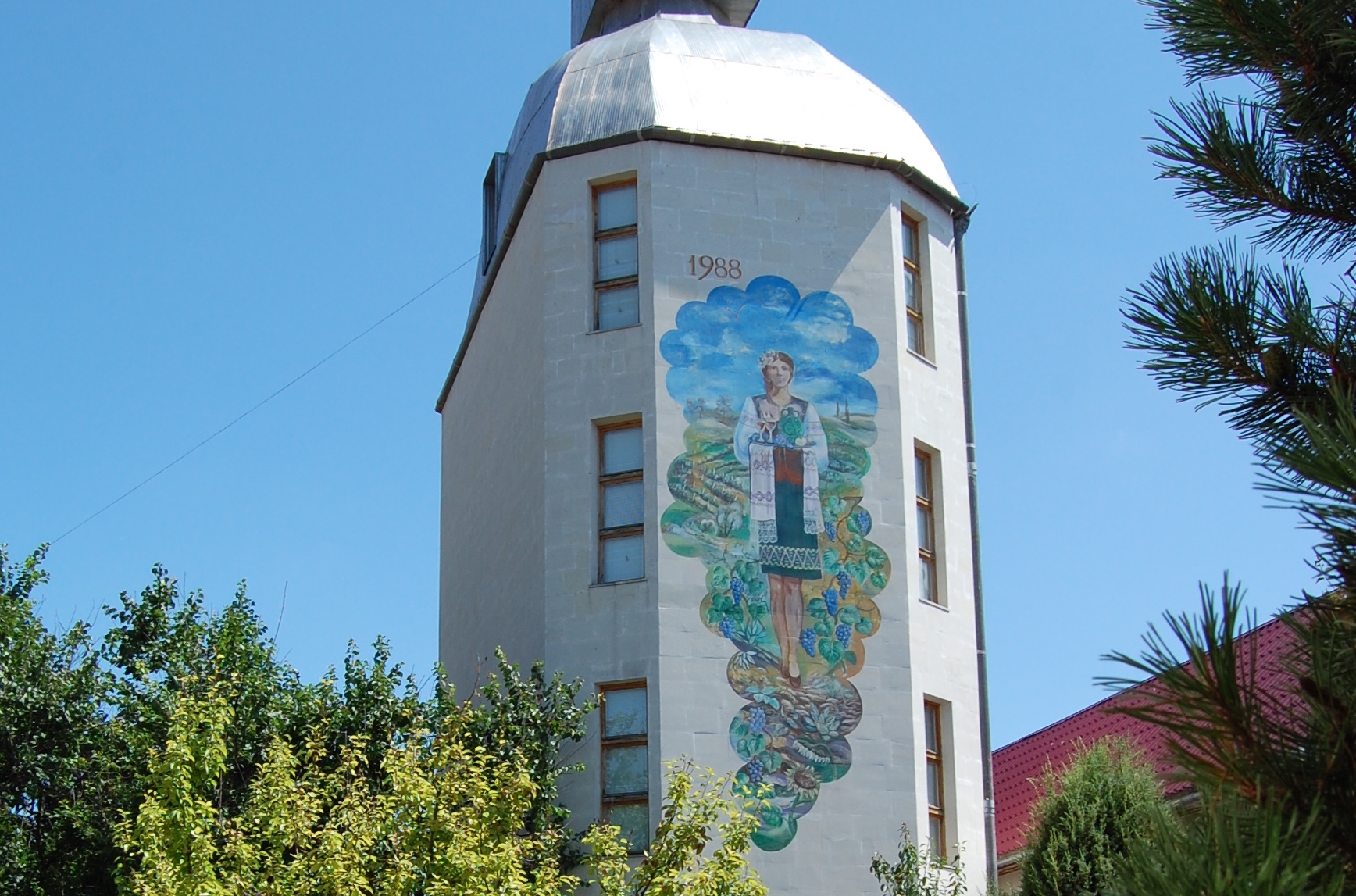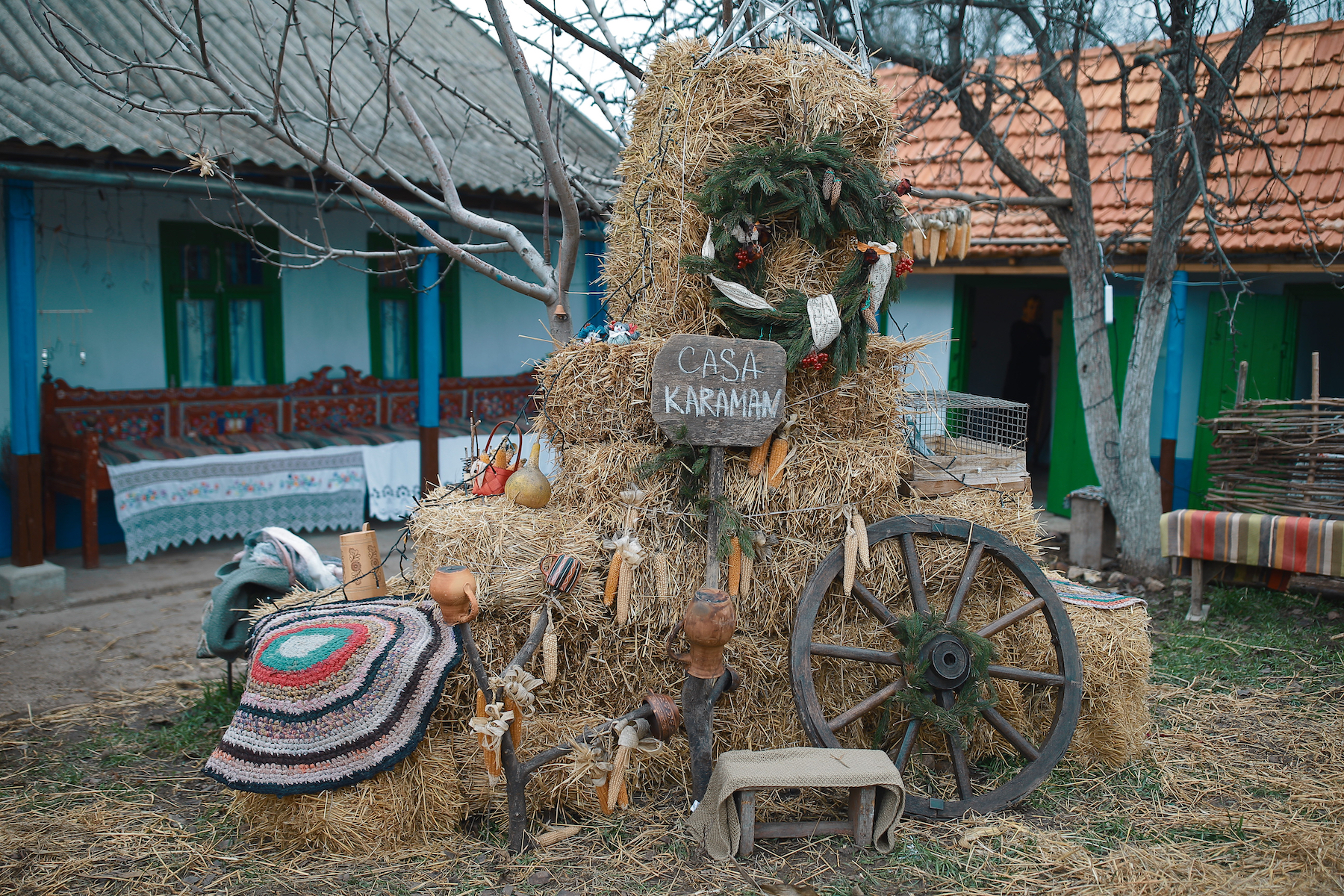In addition to great wine, Brănești Cellars boasts Moldova’s third-longest storage cellar and an underground restaurant made of stone. The cellar is in a cave more than 70 kilometers long and, in places, 60 meters deep. The restaurant is part of the Stone Age tourist complex, which includes a hotel, banquet hall, wine spa, tasting rooms and the storage cellar. In addition to stone, the candle-lit restaurant is made of wood and wrought iron. It serves scrumptious traditional Moldovan food. If you want to enjoy Brănești Cellars’ atmosphere and hospitality for more than a day, the area around the winery includes an array of rustic country inns.
Brănești Cellars
ATU Winery
ATÚ, located on a road connecting Chisinau International Airport to the capital, is Moldova’s first urban winery. The boutique operation, opened in 2016, specializes in limited editions of 1,000 to 3,000 bottles of each variety it makes. The owner, Victor Vutcarau, believes small production runs ensure every drop is perfect. Guests say the food he serves with his wine is fabulous, too. ATU focuses on wines made from grapes grown exclusively in Moldova, including Viorica, Fetească Albă, Feteasca Neagră and the rare red Codrinschii. Visitors delight in the gigantic murals on the winery’s walls, which artists created when ATU hosted an urban festival. They also are delighted about Victor’s eagerness to talk about ATU’s founding and the qualities of his various vintages.
Tudor Winery
Tudor Aghenie inherited his wine-making passion from his family, which has been producing exquisite vintages for six generations.
He loves showing guests his operation and having them taste his wine. Recently he decided to offer visitors a country-living experience as well. He built rustic wooden houses along the edge of woods near his vineyards where visitors can enjoy the sounds of birds and crickets and breathe the clean air. Each house is decorated with traditional Moldovan carpets and towels. And each has an oven for cooking sarmale — cabbage stuffed with pork, tomatoes and sauerkraut – and little cakes called plăcinte.
Tudor’s wine cellar contains thousands of bottles for guests to choose from, and the meals that go with the accommodations are yummy.
Hîncești Winery
A member of Moldovan royalty, the merchant and diplomat Manuc Bey, founded the Hîncești Winery in the early 1800s.After he died in 1817, his family modernized the wine-making operation, which was included in the property he bought for a mansion in Hîncești. The winery has played a prominent role in Moldovan vintage production ever since. After World War II the Soviets seized the family’s estate and converted the winery into a state operation. If you visit, check out the restored mansion, which is listed in Moldova’s register of architectural treasures. Today the Hîncești Winery continues to draw on its two-century-old heritage to make some of Moldova’s best vintages.
Gogu Winery
Ilie Gogu’s family operation produces small batches of top-quality vintages.
The Gogu Winery’s vineyards are in Moldova’s best wine-growing area – the Ștefan Vodă region in the country’s southeast.
The Gogu family began producing wine four generations ago, but they realized their dream of having their own label only in 2014, when Ilie officially registered the operation’s name.
One reason the Gogu Winery produces such excellent vintages is that Ilie knows every nuance of wine-making technology.
Although the company expands its vineyards each year, it remains committed to producing only top-quality elite wines.
Museum of the Bottle
You get a hint of what this museum is about before you enter because the building is shaped like a giant bottle. Once inside, you’ll know your hunch was right. The museum contains more than 20,000 bottles of alcoholic beverages from more than 170 countries. You’d be right if you guessed that its owner, Grigorii Corzun, is a character. He built the museum in the courtyard of his parents’ home. The courtyard also includes an inn and gazebo-like outdoor restaurant nooks. Corzun would be more than happy to let you taste his personal brandy, which carries the anglicized name Gregory Korzun Cognac. Some of it has aged more than six decades.
Tiraspol Tourist Center
If you’ve crossed the Dniester River into Transnistria seeking adventure, but you’re not sure where to find it, go see the folks at the Tiraspol Tourist Information Center on 135 Sovietskaya Street. Let them know what your interests are — sightseeing, culture, food, crafts, or whatever — and they will help you work out an itinerary. You will discover how eager they are to help you enjoy an unforgettable visit to one of the last vestiges of the old Soviet Union.
Karaman House
When you enter the Karaman House Restaurant, you get the idea you are in a country home built a century ago. And the cooking matches the atmosphere. It consists of traditional Moldovan dishes that are hearty and scrumptious. If you want to learn how to make some, the staff will teach you. To gain an additional feel for local country life, you can help tend gardens. To top off your visit, try a relaxing boat ride on the Dniester River.
Kumanek Restaurant
Guests get the feeling they will have a great experience at the Kumanek Restaurant before they even enter because of the atmosphere: It looks like a lodge or rustic country home. The main fare is traditional Ukrainian, which the chefs pour their soul into. Guests are astonished at how huge the menu is, with a range of fresh meat, fish, vegetables, soups and breads. One dish you shouldn’t miss is sarmale, cabbage stuffed with pork, tomatoes and sauerkraut cooked in a pot. Talk about a hearty meal!
